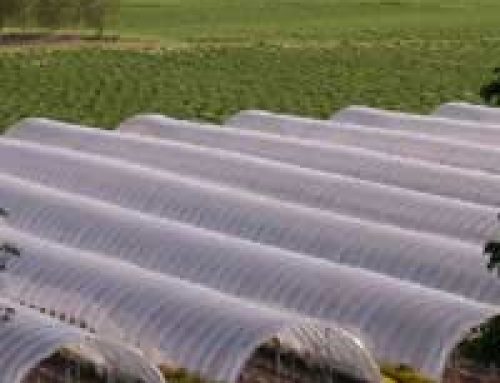
Roofing felt is very common on garden buildings, particularly wooden ones, as it’s cheap, lightweight, easy to lay and remains waterproof as long as it is looked after. But there’s the rub, it’s not as resilient to the elements as proper tiles or solid roofing sheets. That’s where regular maintenance and repair come in.
Different Felt Roofs
This article will tackle the sort of felt roofs that are applied to sheds, summer houses and other wooden garden buildings. It will not tackle felt roofs of the type that are used on flat roofs of extensions or other buildings without pitched roofs. These are much more solid structures with the layers of felt embedded in bitumen mastic. The roofs of garden buildings usually use rolls of felt held down with large-headed clout nails.
A felt roof of this kind is normally adequate for keeping wind and rain off for some years. The main problem is that simply installing the felt introduces weak points. Where it is folded under itself at the edges it will often crack, and wind can get in underneath if the crack grows. The large-headed clout nails, which should be either copper or galvanised, used to attach the felt to the timber roof boards, make relatively large holes. These can be the starting point of a tear if wind gets under a sheet.
Annual Check Yields Dividends
It’s worth checking the roof once a year, perhaps at the end of summer, even if you don’t suspect any problems. Look at the seams between each sheet of felt (there should be generous overlaps) and test each nail to make sure it is still holding.
Sometimes the felt can tear all around the nail head, something that’s not obvious if you are looking from the ground on a day without much wind. Then of course as the wind gets up in the autumn the sheet will simply lift straight off.
Dealing With Leaks
Leaks inside the shed or summer house are often the first indication of a problem. A repair will last longer if the boards underneath are allowed to dry out beforehand. Of course sometimes that just isn’t possible and it’s more important to stop the wood getting damp than to effect the perfect repair.
Repairing any tears, splits or holes in roofing felt will usually involve placing a complete new sheet over the roof in the right place. It is possible to use an off-cut of roofing felt and place a patch over the damage but the edges will be exposed to the wind and it is not likely to stay on for very long. Patching is really only suitable as a temporary repair to hold of the worst off the weather until it improves enough to put a complete replacement sheet on.
Replace Sheets of Felt
To replace a whole sheet, assess the condition of the damaged one first. It may not be necessary to remove all of that sheet and if it is in good condition apart from the damage and hasn’t lifted at all, the new sheet can go over the top. Lay the sheet in place across the ridge of the roof and down both sides (not along the roof) cut any excess off, if necessary.
You need to allow at least six inches overlap at each edge. Fold the first three inches under the sheet at the edge where you are starting, then fold this part under the edge of the roof and nail it into place. You may also need to fix a batten along the edge of the roof, or underneath it, over the felt to hold it in place. Then nail through the batten and felt into the shed roof.
Using Bituminous Roofing Felt Adhesive
Work your way over the roof, smoothing the felt out and nailing as you go, then finish the other side in the same way as the first. Try and position the sheet in the first place that your nails at the edge of the sheet are going into a roof joist for a secure fix. When you can’t do this, stick down the edges of the sheet with a bituminous roofing felt adhesive. You should be able to find this at any DIY store or in some garden centres.
If you live in a windy part of the country it might be a good idea to use this adhesive on all the edges. If you do, put a layer of the glue down just before you do the smoothing over and nailing of the sheet. Wear gloves for this part of the job, preferably ones you can throw away afterwards as the bituminous glue is messy stuff that sticks to everything.





What’s wrong with the idea of taking the first sheet over the ridge, by about 10cm (it’s a small shed), then overlapping with the second sheet from the other fall of the roof? Adhesive used where necessary and this avoids exposed nail heads (one row anyway).